Fifty Six Ethnic Groups In One Day
Saturday, February 04, 2012
 Shenzhen, Guangdong, China
Shenzhen, Guangdong, China
Hey Hey and a Big G'Day toya,
This is one for the Lemuer Gulliver's who inserted the extra dime!
For those Lemuer Gulliver’s who want to Supersize Me their order of China and are either on limited time in here and simply wish to outshine and stampede around a more life sized atmosphere. So instead of rushing around trekking all over the country to try to experience its fifty six different ethnic groups, why not simply begin your adventure here and supersize your order and stampede around finding out which ethnic groups are the most interesting to you and then after a few too many beers do your best to try visit them.
Seriously though from personal experience, to actually get to any of these villages will take not only many cases of beer but also an entire truck load of patience. You will need to travel to the closest major town/city (anywhere between ten to forty hours by train) and then you will need to find the next local bus (no actual road & chickens as your passengers) that will take you anywhere close to your chosen ethnic village.
Many buses only travel several days a week.
Travelling rural China at the best of times can be a complete bitch!
Anyhow, back to the park, throughout the day one gets to experience the diverse and colorful cuisines, handicrafts, customs, architecture along with some of their different festivals that are celebrated here throughout the year. At more than two hundred square meters, the park offers twenty four life sized ethnic villages, folk art, folk customs, various folk dwellings along with different ethnic food and snacks.
Personally though, I have been to, eaten in, slept in and experienced MOST of what the Parks original ethnic villages have to offer in their actual positions in China but today I walked and snacked my way around in total bliss!.
I Loved it!
The free entertainment each evening is more than worth sleeping in, arriving at the park after lunch to spend the afternoon snaking your way around each different ethnic group to then kick back and relax before the nights spectacular performance!
A Few Examples of Traditional Architecture
The stone village of the Buyi ethnic group, distributed mainly throughout Sichuan and Guizhou Provinces made me like I was dropping into visit The Flintstones for a cup of tea as not only are their homes made of stone but also their simple furniture such as tables, stoves and basins are made of stone.
The Mosuo People's village is like a prototype of modern day flats as they pile solid wooden stocks crossways into a square or rectangular house which also make them quakeproof and even more interesting is that this group, even today are the world's only matriarchal community.
The Dai ethnic group whom inhabit Yunnan Province where there is abundance of bamboo and due to this, all the girders, tiles and roofs of their homes are made of bamboo. Their homes are very much like a two storied attic that resembles a large boat. Dozens of wooden /bamboo stocks are used to raise the home due to Yunnan’s intense summer heat.
The Mongol ethnic group, due to their nomadic living habits, live in the yurts which are not only cool in summer and warm in winter but easy to set up or dismantle.
A Few Examples of Traditional Ethnic Festivals
Depending on what time of year it is, most ethnic groups will celebrate some of their unique festivals. The Water Splashing Festival is the most important event in the Dai Peoples lunar calendar which during summer is celebrated daily. By throwing buckets of water over anyone who is close they hope to rid evil and misfortune from the last year and anticipate blessings in the coming year.
The Torch Festival is the most traditional event of the Yi ethnic group and held in the sixth month of the Chinese lunar calendar. Tourists will see the Yi people in bright garments carrying torches as they walk around their houses and farmlands. Usually, chickens or ducks will be sacrificed to pay homage to ancestors.
The breathtaking and memorable Knife Bar Festival of the Lisu ethnic group is celebrated in the second month of the Chinese lunar calendar. This two part festival starts on the first day by the men jumping barefoot into a sea of fire. The second days performance is just as adventurous, as the men climb a ladder formed by two wooden poles with thirty two sharp long knives inserted crosswise and once they reach the top of ladder of knife blades, they light the firecrackers to celebrate their success.
Beers N Noodles toya…..shane
___________________________________________________________
The soundtrack to this entry was by Inxs
The album was 'All Juiced Up’
____________________________________________________________
Other Entries

 Shenzhen, Guangdong, China
Shenzhen, Guangdong, China
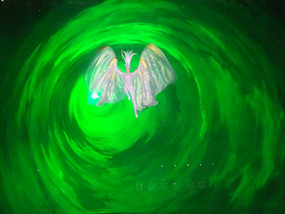
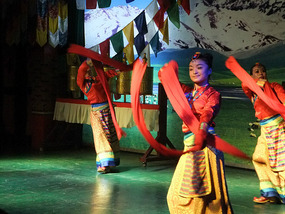
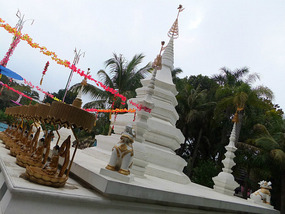
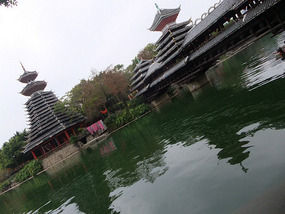
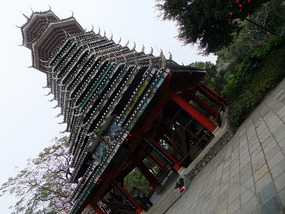
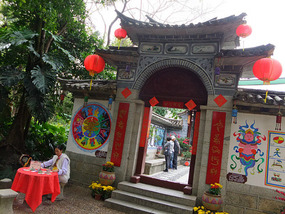
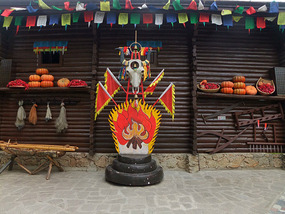
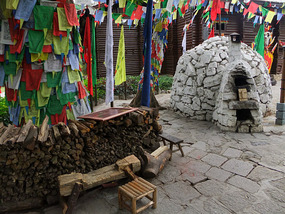
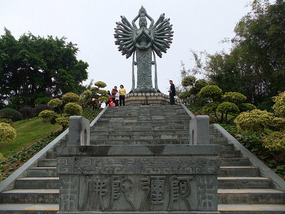
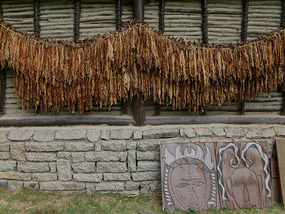
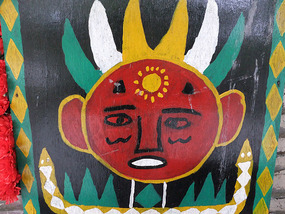
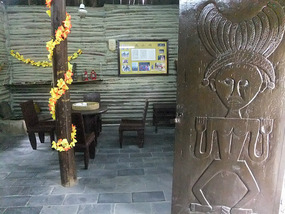
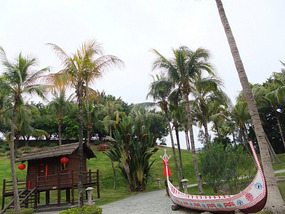
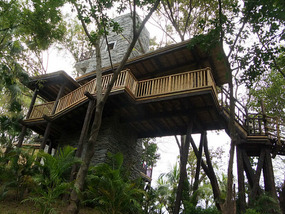
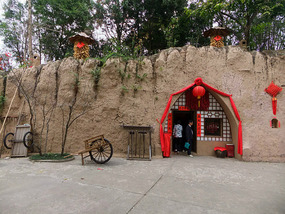
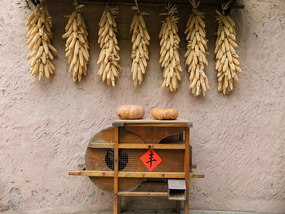
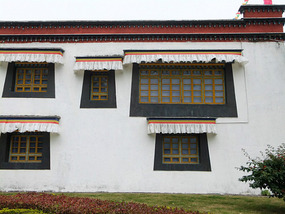
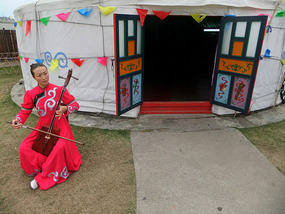
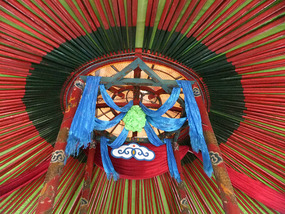
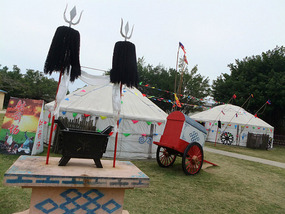
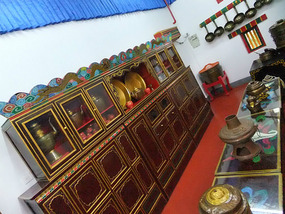
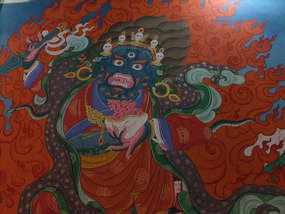
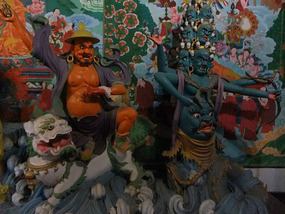
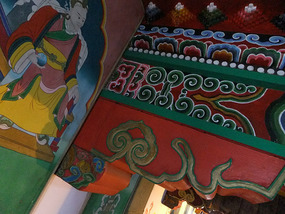
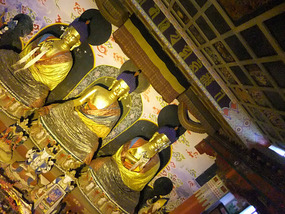
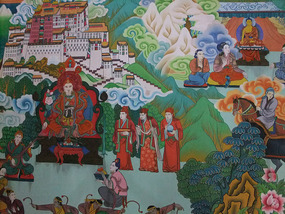

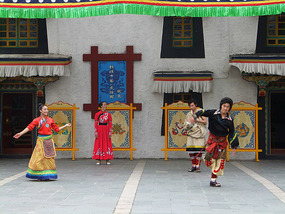
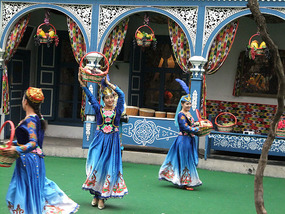
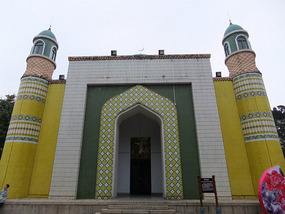
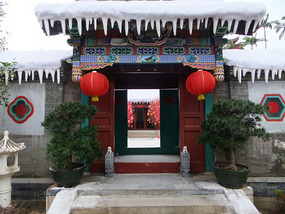
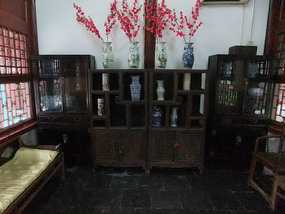
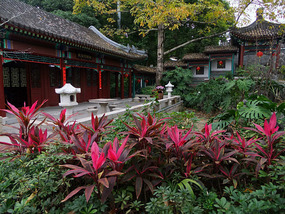
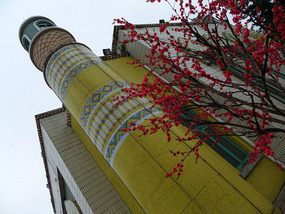
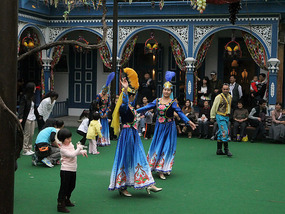
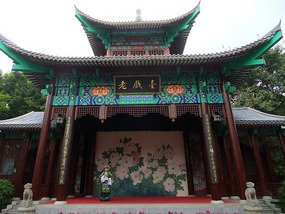

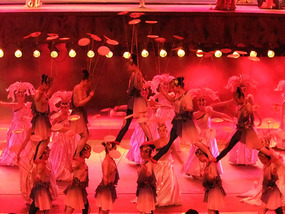
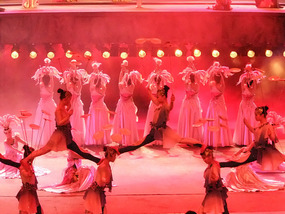
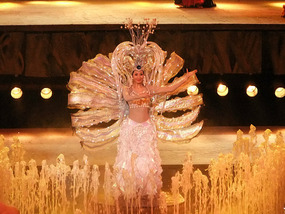
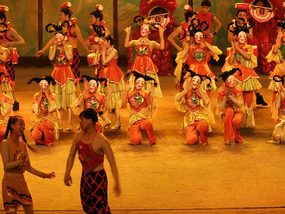
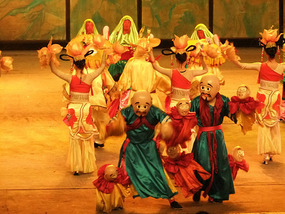
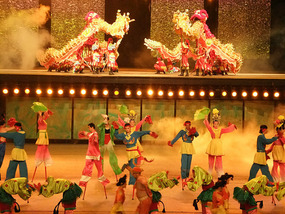
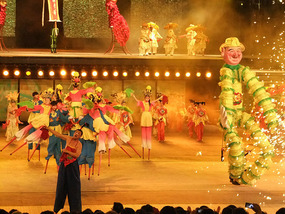
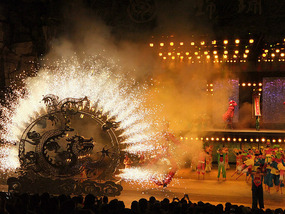
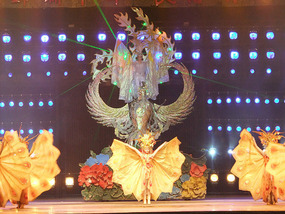

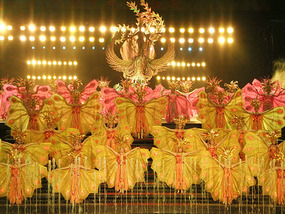
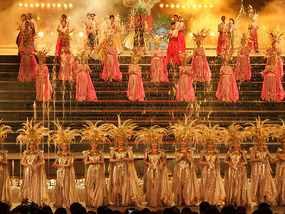

2025-05-22